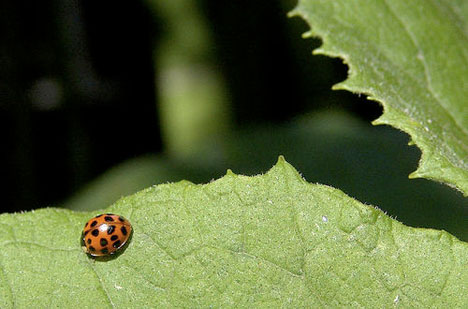 We understand your needs will change over time.Careful inspection of plants in the nursery and before purchasing will limit pest problems. Grow healthy plants by installing them in the correct enviroment to start. An insect or disease outbreak may only be temporary and should be left alone to the natural enemies.
We understand your needs will change over time.Careful inspection of plants in the nursery and before purchasing will limit pest problems. Grow healthy plants by installing them in the correct enviroment to start. An insect or disease outbreak may only be temporary and should be left alone to the natural enemies.
This system is designed around six planned components.
1. Acceptable pest levels: The emphasis is on control , not
eradication . IPM holds that wiping out an entire pest population is
often impossible, and the attempt can be more costly, environmentally
unsafe, and frequently unachievable.
2. Proper cultural practices: Selecting varieties best for local
growing conditions, and keeping them growing vigorously may cause them
to be less susceptible to certain insects, diseases, and weeds.
3. Monitoring: Regular observation , Visual inspection, and proper
diagnosis are essential measurement methods used to monitor pest levels.
4. Mechanical controls: Should a pest reach an unacceptable level,
mechanical methods are the first options to consider. They include
simple hand-picking, erecting insect barriers, using traps, vacuuming,
and till ing to disrupt breeding.
5. Biological controls: Natural biological processes and materials
can provide control, with minimal environmental impact, and often at low
cost. The main focus here is on promoting beneficial insects that eat
target pests.
6. Chemical controls: Synthetic pesticides are generally only used
as required and often only at specific times in a pests life cycle
targeting only the infected area of the plant . Many of the newer
pesticide groups are derived from plants or naturally occurring
substances .